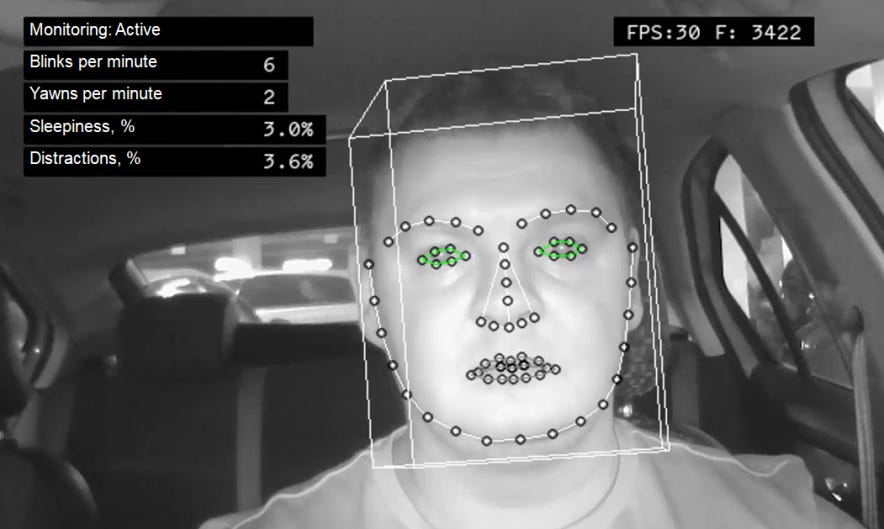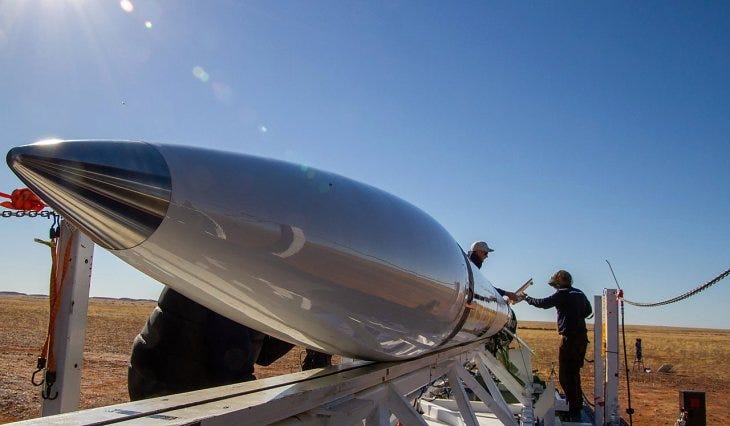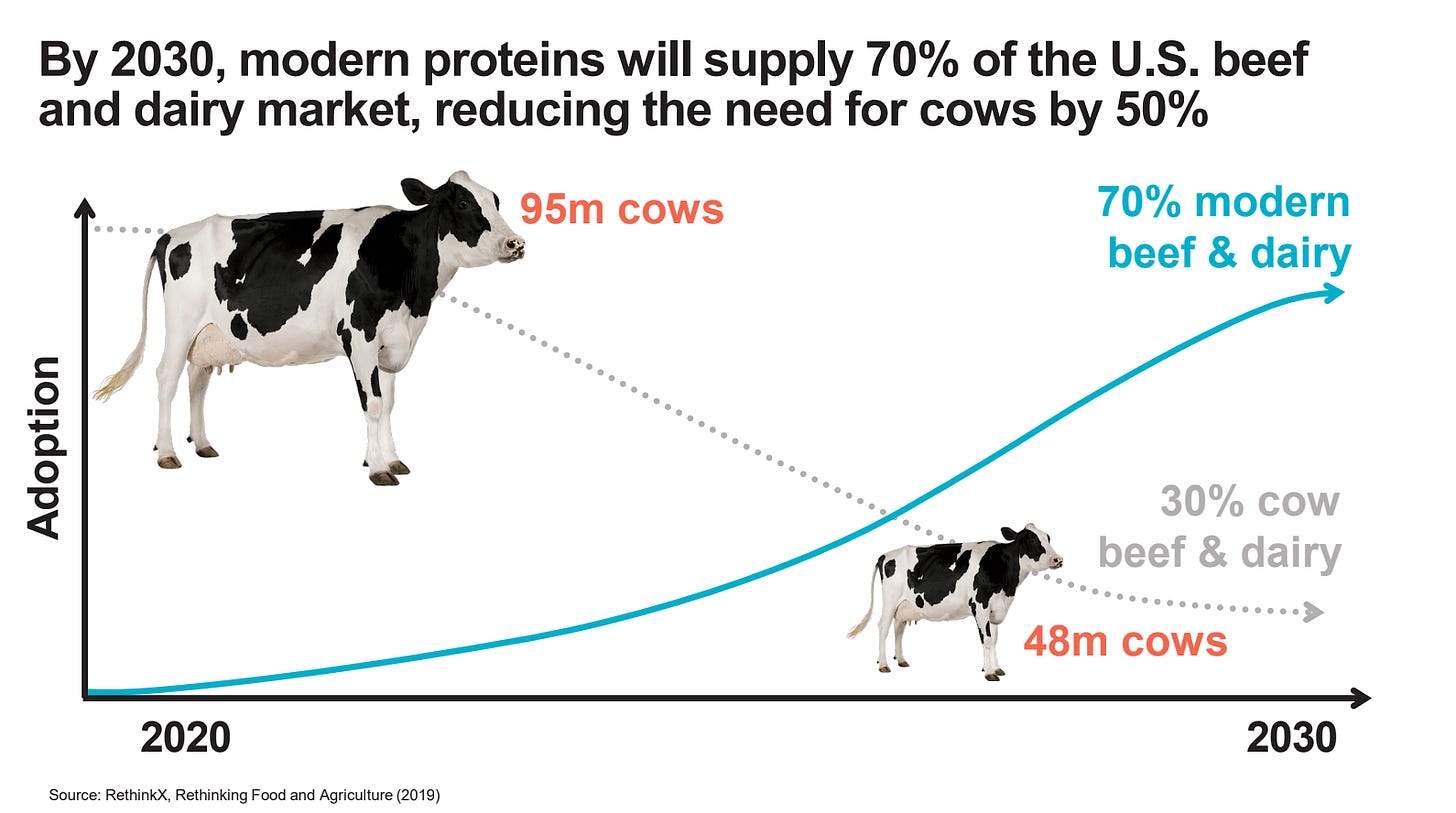Here’s your weekly wrap of technology, innovation, and finance news.
Mobility
Yandex’s autonomous cars have now driven 2 million miles to date, double the figure they reported in October 2019.
Yandex.Taxi, the company’s taxi-hailing service, is testing a service that would detect when a driver is tired or distracted based on a real-time video of the driver.
Bloomberg profiled May Mobility, a startup that’s providing an autonomous low-speed shuttle service along a fixed route in Detroit.
Renewables
The WSJ has a special report on what’s next for energy which looks at the grid of tomorrow, gravity-based energy storage systems, and more. The gravity-based energy storage article focuses on a startup called Energy Vault in particular, which aims to store and retrieve energy by building and disassembling giant brick towers.
Energy Vault claims its system could operate for more than 40 years with standard maintenance, providing an advantage over conventional batteries, which wear out with repeated use. After an initial outlay of $8 million to $9 million for a standard system, the cost of storage would be less than 5 cents per kilowatt-hour with “zero degradation” and “very low operating expense,” the company says.
Space
Gilmour Space has received a $3 million grant from the Australian government to help develop lighter fuel tanks. Gilmour is planning to launch its first commercial rocket into orbit sometime in 2022.
Virgin Galactic relocated SpaceShipTwo to Spaceport America in New Mexico for preparations ahead of commercial flights.
Streaming
Streaming TV usage has nearly doubled in less than 2 years, according to Nielsen. Traditional television still makes up the bulk of viewing.
The explosion in streaming content has also, unsurprisingly, led to a rise in streaming consumption. Nielsen says streaming now makes up 19 percent of total TV usage in OTT-capable homes in the last three months of 2019, up from 10 percent in the first quarter of 2018. (Adults spent an average of not quite five hours per day watching video on a TV screen, either linear TV or streaming via a connected device.)
Roku, a maker of streaming-media devices and a key beneficiary of streaming growth, expects their revenue to grow by 42% in 2020 after growing 52% in 2019.
Finance
Vivendi is planning to IPO Universal Music Group by 2023 at the latest. UMG is the largest music content company in the world and has been a key beneficiary of the rise of music streaming.
Universal’s top line rose 14% to €7.16 billion in 2019, thanks to a 22% lift in streaming revenue to €3.33 billion, according to Vivendi’s statement on Thursday. Overall recorded music revenue climbed 12% year-over-year, with even physical sales—on the decline industry wide for over a decade—up 3%
Apple Pay accounts for about 5% of global card transactions and is on pace to handle 10% by 2025, according to an estimate by Bernstein.
Videogame ETFs are in growth mode.
Gaming
Activision Blizzard’s deal to exclusively stream Overwatch League and Call of Duty League on YouTube is estimated to be worth $160 million over three years. Their previous deal to stream Overwatch League on Twitch was $90 million over two years.
The Witcher 3: Wild Hunt, a game that released in May 2015, saw its sales up 554% year-over-year in the US in December thanks to the success of Netflix’s new The Witcher series.
Lineage 2M, the new mobile game from NCSoft, made over $150 million in less than 3 months since launching exclusively in South Korea. The game has been downloaded 1.6 million times, which means the average revenue per download for this “free-to-play” title stands at $97.60.
Robotics
Boston Dynamic’s Spot is getting a real-world job! The four-legged robot will soon be patrolling an oil rig in Norway on behalf of oil and gas firm Aker BP.
Spot can also pull rickshaws, just in case you’re looking for that hybrid steampunk-cyberpunk aesthetic.
Go, Spot!
Full video: https://t.co/uFkq470nv9 pic.twitter.com/yDrnicd3rg— Adam Savage ➡️ C2E2 (@donttrythis) February 14, 2020
The NY Times looks at the growing presence of robots on farms.
Lately, smaller, more dexterous robots have emerged in droves. In 2014, the French company Naïo released 10 prototypes of a robot named Oz that is just three feet long and weighs roughly 300 pounds. It assembles phenotypes of vegetable crops even as it gobbles up weeds. EcoRobotix, based in Switzerland, makes a solar-powered robot that rapidly identifies crops and weeds; the device resembles an end table on wheels. The household appliance-maker Bosch has also tested a robot called BoniRob for analyzing soil and plants.
Alternative Foods
Azeem Azhar wrote about Reinventing food: The coming disruption, which looks at software-led food design and how the current “meat-free mania” is driven by new technologies. Worth a read.
On a related note, Mark Roper’s video on Feeding Bill Gates a Fake Burger (to save the world) briefly became the #1 trending video on YouTube.
Surveillance, Privacy, and Spies
The US military is developing a portable face-recognition device that’s capable of identifying individuals from one kilometre away.
The Washington Post has a long, fascinating article on how the CIA secretly owned the world’s leading supplier of encryption systems to other countries.
But what none of its customers ever knew was that Crypto AG was secretly owned by the CIA in a highly classified partnership with West German intelligence. These spy agencies rigged the company’s devices so they could easily break the codes that countries used to send encrypted messages.
Other Snippets
Biologists are trying to create a synthetic copy of the China coronavirus based on its DNA code.
The ability to make a lethal virus from mail-order DNA was first demonstrated 20 years ago. It’s enough of a bioterrorism concern that companies carefully monitor who is ordering which genes. But it’s also an important way to respond to a sudden outbreak, since synthetic virus recipes give researchers powerful ways to study treatments, vaccines, and how mutations could make it more dangerous.
Mike Bloomberg is paying social media influencers to post satirical memes about him to promote his Democratic presidential bid.
Facebook is now giving researchers access to anonymised data on how users have shared information and misinformation on recent political events around the world. The data should help studies on how politically charged news spreads across social media platforms.
A group of tech executives called “Ditch the Disk” is spurring the medical industry to move on from CD-ROMs.
VICE showcases some interesting use cases for 3D printing today, including printing human tissue, complex tools, and orbital rockets.











